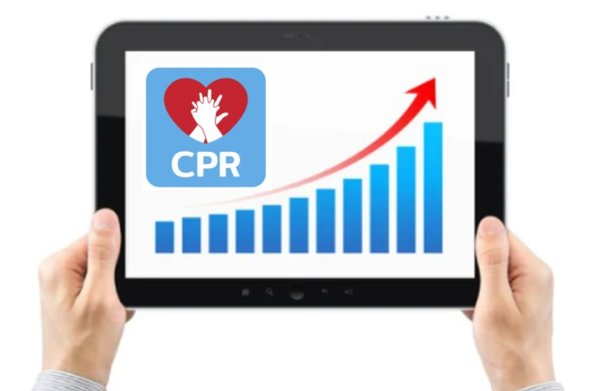Why “overs” and “unders” are necessary:
Each step in a manufacturing process (including the printing process) results in spoilage that must be accounted for in order to ultimately meet a specified print quantity. While this spoilage percentage is somewhat predictable, it is not a fixed quantity. Instead, it is a calculated estimate that will result in finished product that falls within a specified range. This allowance for spoilage results in what are known as “overs and unders”—a finished quantity that is over or under the ordered amount.
When a magazine printer produces “over” the specified quantity (but within the specified range), the publisher has the option of accepting those copies or not but they will be billed for those copies in either case. On longer runs (web work), “over” tolerances typically run anywhere between 1% and 3%, depending on the complexity and run length of the project.
On shorter runs (sheetfed work), the “over” tolerance is likely to run higher, often up to 5%, due to manufacturing differences. Publishers should not rely upon “overs” to meet their print order requirements, as “over” quantities may vary from issue to issue. (Note: “Overs” should not to be confused with “overruns”. Overruns occur when a publisher requests one or more signatures to be overrun beyond the base quantity. Overruns are typically used as stand-alone products.)
“Overs and unders” represent the variables inherent in the manufacturing process, and while they may vary from job to job or printer to printer, both are a normal part of the printing process.
“Unders” occur when the magazine printer falls short of the quantity ordered. A printer who quotes “2% under and 5% over” for example, on an order of 4,000 copies, could deliver 3,920 copies and call the order complete. They could also charge for an additional 200 copies if they ran the full 5% over. Some magazine printers will only quote an “over” number. If the printer runs short, or “under”, they will contact the publisher and offer to go back on press if the balance is required.
Knowing your printer’s policy regarding overs and unders allows you to plan appropriately and helps you avoid any post-print surprises.
Editor’s note: This article is updated from the original.
*********
 More about Wendy: Wendy Parker is a sales representative at Sheridan, a print and publishing services company that serves magazine, journal, and book publishers, as well as catalogers. Wendy thrives on the consultative side of selling and building relationships with publishers small and large. In her spare time you can find her walking her yellow lab, reading, gardening, or taking a country ride on her bike.
More about Wendy: Wendy Parker is a sales representative at Sheridan, a print and publishing services company that serves magazine, journal, and book publishers, as well as catalogers. Wendy thrives on the consultative side of selling and building relationships with publishers small and large. In her spare time you can find her walking her yellow lab, reading, gardening, or taking a country ride on her bike.
**********
Niche Media has the best events, education, and training in media! Our super niched-out events & content give target-audience publishers in the B2C, hobbyist, B2B, city & regional, and association markets the tools they need to build revenue, audience, and more.





